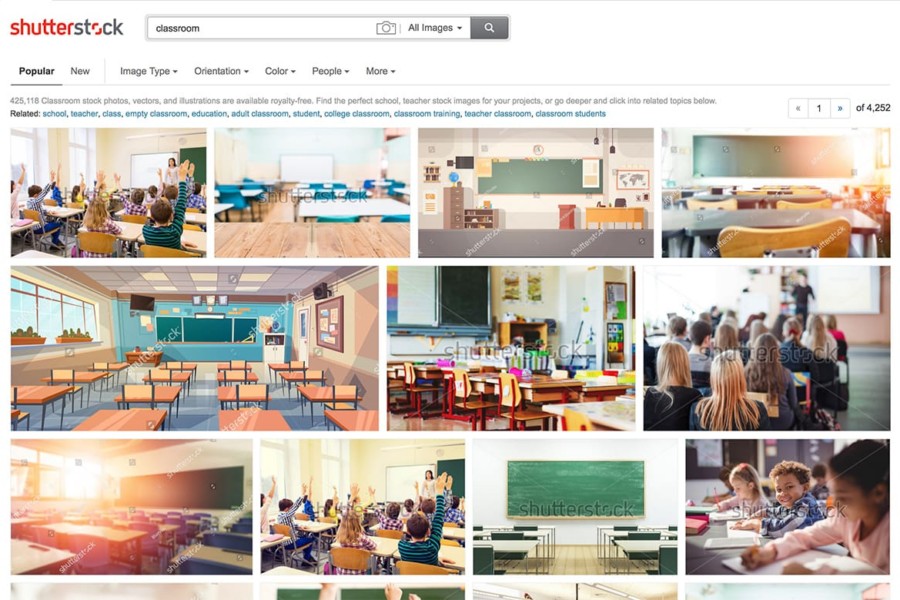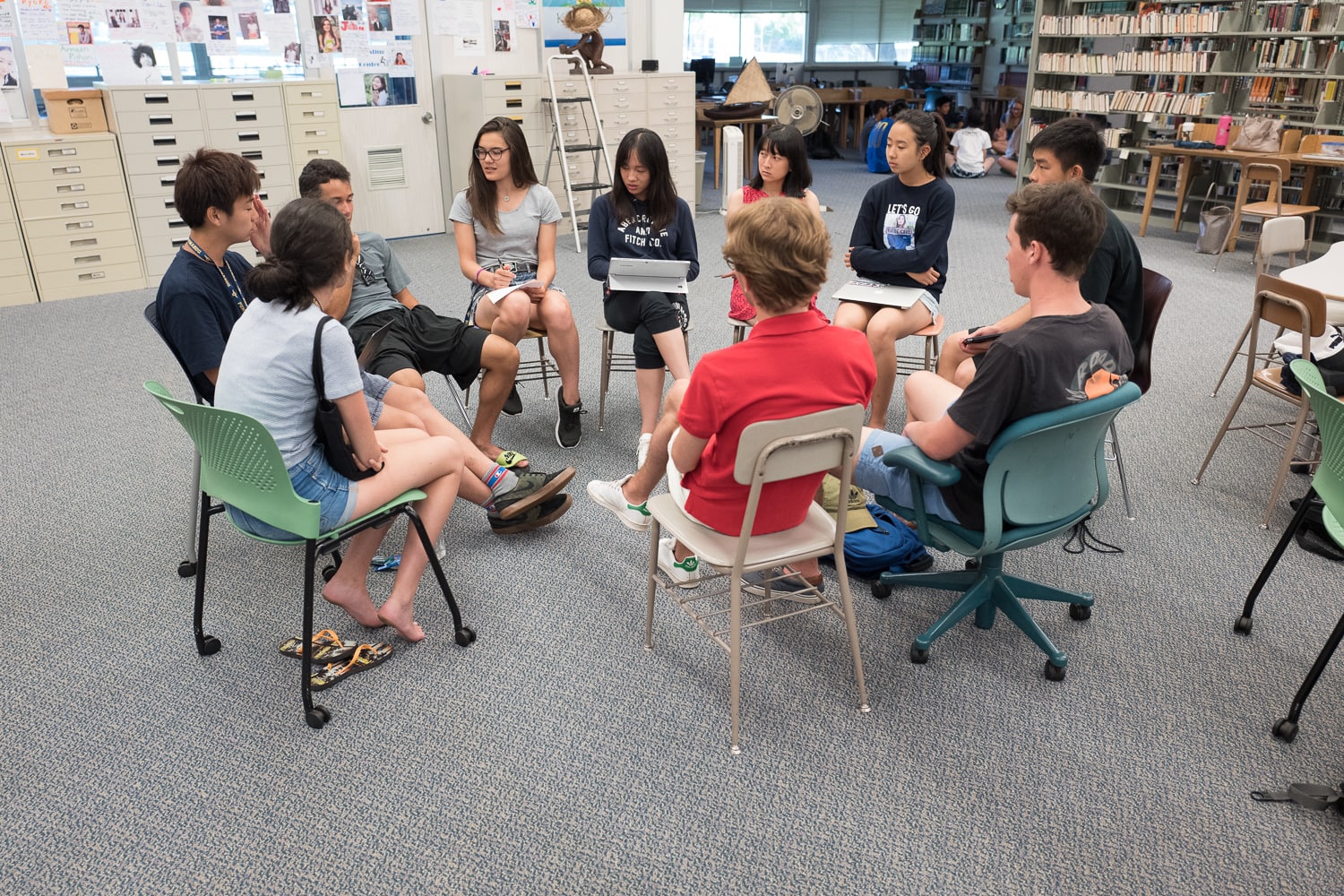Share
Betsy Devos’s Tweet Says As Much About Stock Photography as It Does About Her Ignorance
To make a point about the state of primary education, Secretary of Education Betsy Devos, tweeted a comparison of “then” and “now” photos o...

To make a point about the state of primary education, Secretary of Education Betsy Devos, tweeted a comparison of “then” and “now” photos of a classroom.
Does this look familiar? Students lined up in rows. A teacher in front of a blackboard. Sit down; don’t talk; eyes up front. Wait for the bell. Walk to the next class. Everything about our lives has moved beyond the industrial era. But American education largely hasn’t. #SXSWEDU pic.twitter.com/kyy2r7bTud
— Secretary Betsy DeVos (@BetsyDeVosED) March 6, 2018
The problem is that the image of now is actually a stock photo. And as the Washington Post points out, it’s the first search result for “classroom” on the stock photography site Shutterstock.

Devos’s lack of policy and education experience has been well-documented, but what does the photo say about the representation of a given topic in photography?
A few weeks ago, a small outcry erupted over a Poynter Institute article that advocated the use of free stock photography to illustrate news stories when newsrooms don’t have the time or budget for assigned photography. One of the chief arguments against Poynter’s advice was the ability for an image that has nothing to do with the story to mislead the reader.
Stock photography is a strange beast. The most sophisticated stock photographers anticipate trends and develop images that they think will sell in the future – often hiring models, stylists and other on-set talent to complete the illusion of reality. But stock photographers have no obligation to represent reality, nor are they accountable for the veracity of content. While some flavors of stock photography can be very accurate (e.g. scientific photography), a lot of stock photography perpetuates outdated stereotypes, and the photographers are rarely subject-matter experts.

A real-life classroom shot in 2017. Photo by Allen Murabayashi
In this particular case, the photographer is Syda Productions, which is based in Estonia. It’s unlikely that the production crew has stepped into a classroom in the U.S. – thus the image they created was a representation of what 1) they think a classroom looks like, and 2) what will resonate with the buyer (i.e. the buyer also believes classrooms look like this image).
Design thinking, inquiry-based learning, circular tables, modular classrooms – these are all features of modern classrooms that anyone older than 30 years old probably didn’t experience. Rows of desks with children raising their hand certainly still exist, but Devos chose to use the image to make a point about how the classroom hasn’t evolved, and she found a foreign photo to support her thesis.
Stock photography has a role in the industry as long as we understand its limitations. In this case, it was a stereotype playing upon a stereotype that reinforced an image of a Secretary of Education with a limited understanding of reality.



